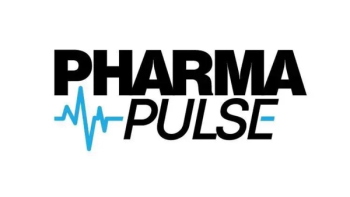
- Pharmaceutical Commerce - March/April 2011
Limited adverse-event reports can be relevant to investors, says Supreme Court
Court rules against Zicam maker’s claims of non-materiality
Only about 60 days after the Supreme Court hearings, and in a unanimous verdict, the US Supreme Court has ruled that Matrixx Initiatives, manufacturers of a since-withdrawn OTC cold remedy called Zicam, should have informed investors of a relatively small number of initial adverse-event reports (AERs) that subsequently caused the company’s stock to drop. Press commentary on the ruling characterized it as “narrow;” Justice Sonia Sotomayor, writing the Court’s opinion, wrote that the ruling "does not mean that pharmaceutical manufacturers must disclose all reports of adverse events," while rejecting the company’s claim that the small number of initial AERs were not “statistically significant.”
"Given that medical professionals and regulators act onthe basis of evidence of causation that is not statistically significant, it stands to reason that in certain cases reasonable investors would as well," Sotomayor wrote.
The intranasal form of Matrixx’ Zicam product, introduced in 1999, generated complaints that it caused a loss of the sense of smell; when this information went public in 2004, the company’s stock plummeted, resulting in shareholder lawsuits for securities fraud. Lower courts ruled for and then against Matrixx; the Supreme Court decision (Case No. 09-1156) upholds a district court ruling, allowing the shareholder suits to go forward. Years after the initial publicity, FDA warned consumers not to use the Zicam products, and the company, now privately held, withdrew them in 2009.
Trial observers were looking for a distinct test that distinguishes a strict “categorical rule” from a “contextual inquiry” (which is what the Supreme Court favored), but the ruling lacks such a test, suggesting that courts and companies should consider the “source, content and context” of information in light of what a “reasonable” person would decide. Drug manufacturers looking to evaluate reporting AERs will have to consider these factors, the Supreme Court ruling suggests.
Articles in this issue
over 14 years ago
Oral arguments favor industry in Supreme Court data-mining caseover 14 years ago
FDA's Social Media Enforcement: Emerging Rules of Engagementover 14 years ago
FDA Opened 72 New Counterfeit Cases in 2010--a New Recordover 14 years ago
UDP Gains Prominence in Improving Medication Adherenceover 14 years ago
Clondalkin Group Acquires Catalent's Printed Components Businessover 14 years ago
With a Few Stumbles, REMS Begins to Hit Its Strideover 14 years ago
Back to the Future With Track-and-Traceover 14 years ago
Pharma 2020: Supplying the FutureNewsletter
Stay ahead in the life sciences industry with Pharmaceutical Commerce, the latest news, trends, and strategies in drug distribution, commercialization, and market access.





